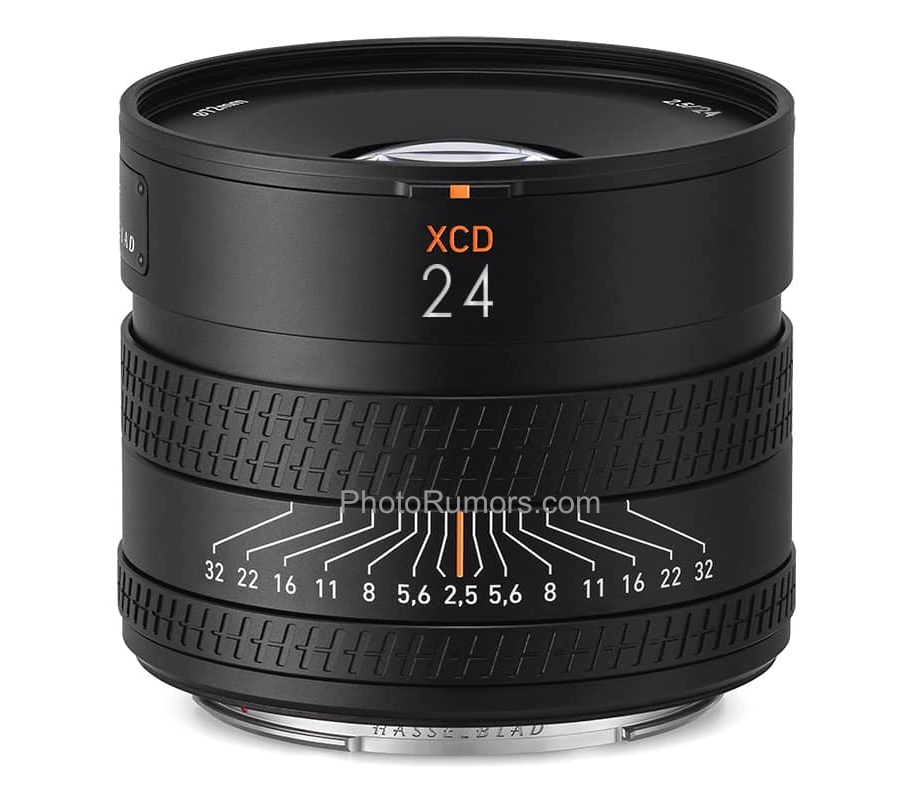tenmangu81
Well-known member
I don't know where to post it, but it looks like an XCD24 f/2.5 is on its way:

 photorumors.com
photorumors.com

New Hasselblad XCD 24mm f/2.5 lens to be announced soon - Photo Rumors
Hasselblad will soon announce a new XCD 24mm f/2.5 medium format mirrorless lens - here is the first leaked picture: Just a reminder that the latest Hasselblad XCD 90mm f/2.5 V lens was officially released in August last year (2023) and it is still not available (check availability at Adorama...
 photorumors.com
photorumors.com







